There are many battery-related companies exhibiting at Solar Power International/Energy Storage International this year. And with plenty of big storage announcements from companies not necessarily directly involved with batteries before, there was a lot of top tech to sort through. Here were the most interesting battery products I saw on the show floor today.
SunPower came out with its own LFP storage system for the residential market, including a simplified service panel. Company reps said they wanted to reduce the number of products for their installer network, offering a fully integrated storage system designed and warranted by one company. With a rated energy capacity of 13 kWh, Equinox Storage can also easily be expanded for larger home loads. SunPower’s new storage product is an obvious addition to its full suite of residential offerings only offered by SunPower dealers.
I promise I saw this in-person; I just did not get a good photo as the booth was packed. Panasonic took lessons learned with its partnership with Pika Energy to release its own energy storage system this year. EverVolt can be AC- or DC-coupled and installed easily by one person. It’s also super easy to add on: EverVolt can be scaled as small as 5.7 kWh or expanded up to 34.2 kWh. And with one warranty, this storage system provides a simple option for homeowners.
Although Generac has traditionally been in the not-so-green generator business, the company is shifting gears in a big way with its battery offering. Generac acquired Pika Energy last year and now has over 150 employees dedicated to breaking into the solar-plus-storage market with its PWRcell energy storage system. Consisting of an expandable battery park, inverter and advanced sensors assembled in Vietnam, PWRcell will begin shipping in December. The batteries are 8.6 kWh and the system can expand up to 17.1 kWh.
What if you could easily use portable power products as home backup? The Yeti storage system from Goal Zero is a really interesting concept for partial-home-backup. The Yeti 3000 Power Station (seen above) can provide 3 kWh of lithium storage for important loads at home or be picked up and transported for tailgating or camping energy needs. If you want more power, the Yeti Link expansion module allows you to add more batteries — of any chemistry. Yeti Link allows users to chain batteries of different chemistries, so you can add some lead-acid batteries to the original lithium-based system.

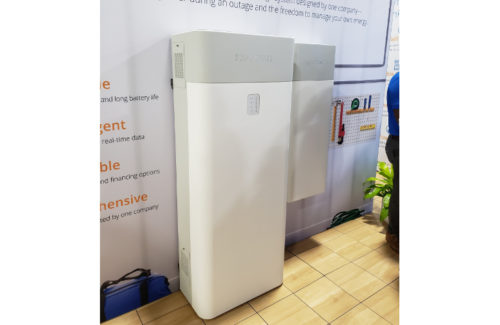
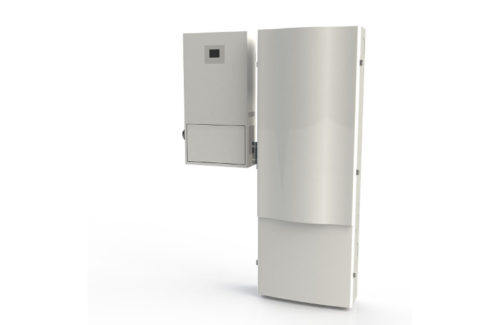
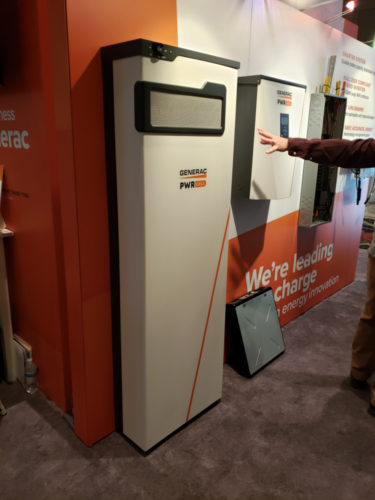
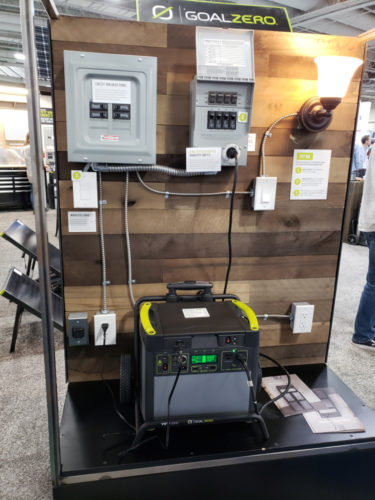


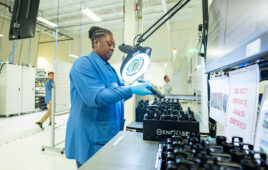

buyers need to be aware of the expensive negative value recycling costs of Lithium-Ion Iron Phosphate batteries (LFP) and take it into consideration in their total cost of ownership. Given that these systems will need to be retired in 5 to 10 years, the calculation needs to include inflation as a final figure. Depending on application power demands, all types of batteries (Lithium-ion and lead-acid) should be evaluated including their cost of recycling, as part of their total cost of ownership.
Jack, do some research, there are now solutions, Vanadium flow batteries would meet your requirements. Apart from the link here which explains the technology…. Bushveld Minerals is a supplier who also have leasing solutions.
What a great article and the technology seems to be steadily improving, the only problem is that getting attention from dealers for DIY projects is like BBQing chicken lips. Sorry forgive my frustration one day when I finally get to my off the grid energy+ project I will be working with the lowest tech possible and quite possibly the most earth friendly.
Interesting comment, Richard, the lowest tech possible. At one time both Thomas Edison and Nikola Tesla were working on the society power grid of the future. Edison wanted D.C., Tesla partnered with Westinghouse to develop A.C.. In the interim some companies are going backwards to take A.C. inputs, rectify it and use the rectified D.C. as the power source to small motors in “high efficiency” systems. Things like small D.C. VFDs used in fans and small pumps, for air conditioning units and pool pumps. A lot of our electronics take A.C. step it down and feed much of our electronics with 24 to 5VDC. We could actually go backwards, make most devices run on higher D.C. voltages, something like 300VDC, then one could have solar PV panels on the roof wired in series to make the 300VDC buss, send this to a battery and run the home off of the D.C. battery.
I wish that there was an affordable 235kwh battery storage system for commercial applications. I’m building a chain of net-zero car washes but so far I’m being told that a battery system would cost millions of dollars to build for my application. I need something for the morning and evening hours as well as the cloudy days. If someone has information on what I’m looking for please contact me.
Thank you
Jack, have you looked at ‘Storz’ Batteries?
Look into Eguana Technologies, they have scalable commercial units called Elevate.
Consider 2ndLife Batteries. The cost per kwh is much less to match the need for the KWH capacity you need. Definitely not millions of dollars.
Jack, I invest in a lot of battery companies. The choices are all over the ball park but you can start learning here: https://www.vanadiumcorp.com/newsroom/industry/
https://www.vanadiumcorp.com/investors/presentations/ scrollto bottom for the vanadium battery companies……Mark
Jack look into the Australian made redflow batteries as they are essentially a “ green “ battery technology based on Zn bromide chemistry that is scaleable check out it here
https://youtu.be/4OHstY_kKUY